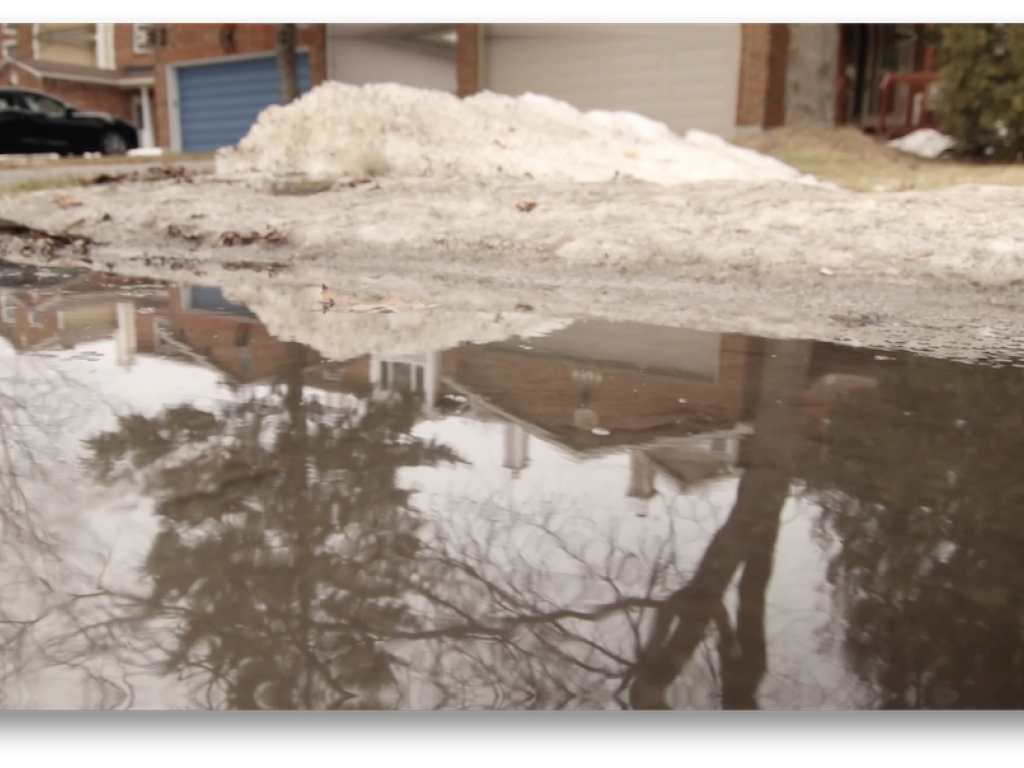
The fall is a time for new beginnings for many people. They start new activities, create new to-do lists, and look to home maintenance projects. As a property owner, one of those projects should be making sure your home is ready for the winter. Cooler temperatures are not just a time for turning up the thermostat. You should start your fall preparations by creating a checklist of items to complete before the snow flies. Remember if you need structural work, do it sooner than later! Your basement is a key element of your home’s design. It is more than just a place to store stuff or entertain guests.
Keeping your basement dry in all seasons is important. Water can be damaging to your property in many ways and can find its way into your basement through the smallest crack or fault in the concrete or stonework. Winter snow and ice can play havoc with your basement with thaws and freezing helping the cracks to grow and the water to get in. You don’t want to find out you have a problem in the middle of a sudden thaw when repairs are more difficult.
Check Outside
Start your inspection of your home on the outside. Make sure the gutters and downspout are clear of leaves and running fine. They should not be allowing rainfall to gather at the base of your home’s foundation. Can you see any cracks in the foundation? Is there a gap between the soil and the masonry wall of the basement that could allow water to collect? Does your landscaping interfere with the drainage flow? Do you have trees or large bushes with roots that could cause a crack to form?
Check all the windows and window wells to see if there are cracks or breaks. Inspect the walls of the basement for crumbling masonry or cracks. If left on their own, the cracks will grow and have the potential to allow water to get in, freeze and expand into bigger problems.
What about other features of your property? How close are you to your neighbours’ homes? Are there projects you should approach them to work together to correct water flow? Fixing these problems before winter sets in just makes sense.
Check Inside
When you get inside your house, use all your senses to see if you have problem. There is the obvious — you know you have a problem if you see water in a puddle or if the carpeting feels spongy. You may find that the wall coverings are peeling or warping, door frames aren’t quite right anymore, or that things your store there seem damp to the touch.
Then there is what you can’t see but can smell — water damage. If there is a musty or dank smell when you open the basement door or start down the stairs, you probably have a water problem. Moisture left unchecked can allow for bacteria to develop which can grow into mildew or mould. While mildew can be cleaned using special soaps and cleansers, mould needs professionally-trained contractors to remove completely. Mould can be a major health problem for people especially if they already suffer from some sort of lung disease or condition.
Look for cracks inside the walls or along the floor of your basement. Make sure the doors and widows frames are flush and can open and close easily. Look in the crawl space, check the drain holes are clear of debris, and test your sump pump if you have one.
What to do
Once you have found a problem or suspect you have a problem you can’t find, call in the professionals such as Benchmark Waterproofing to take care of it. Their well-trained staff will conduct a thorough investigation, identify any problem spots, make a recommendation for repairs and waterproofing project. Depending on the problems in your basement, repairs will be conducted on any cracks in the walls or floor, window wells built or repaired, weeping tiles replaced, drainage flow corrected, the basement sealed and protected. You may need a new sump pump installed.
Basement waterproofing can be conducted either through exterior or interior methods:
Exterior basement waterproofing involves digging a trench around the outer perimeter of your home and digging down to the footings. All the repairs are done, weeping tile installed, sealing and covering with rubber membrane, and then all the earth is replaced with a slope away from the basement walls.
Interior basement waterproofing is conducted by digging a trench around the basement floor. Drainage tiles are installed, the masonry sealed and covered with rubber membrane before the trench is filled in again to match the rest of the flooring.
In either case, it is preferable to conduct a basement waterproofing project before the winter sets in. Make sure your home’s basement is dry and ready to keep you comfortable during the winter months. Benchmark Waterproofing has the local experience to waterproof your home in the Greater Toronto Area. Call Benchmark today for your free estimate.
